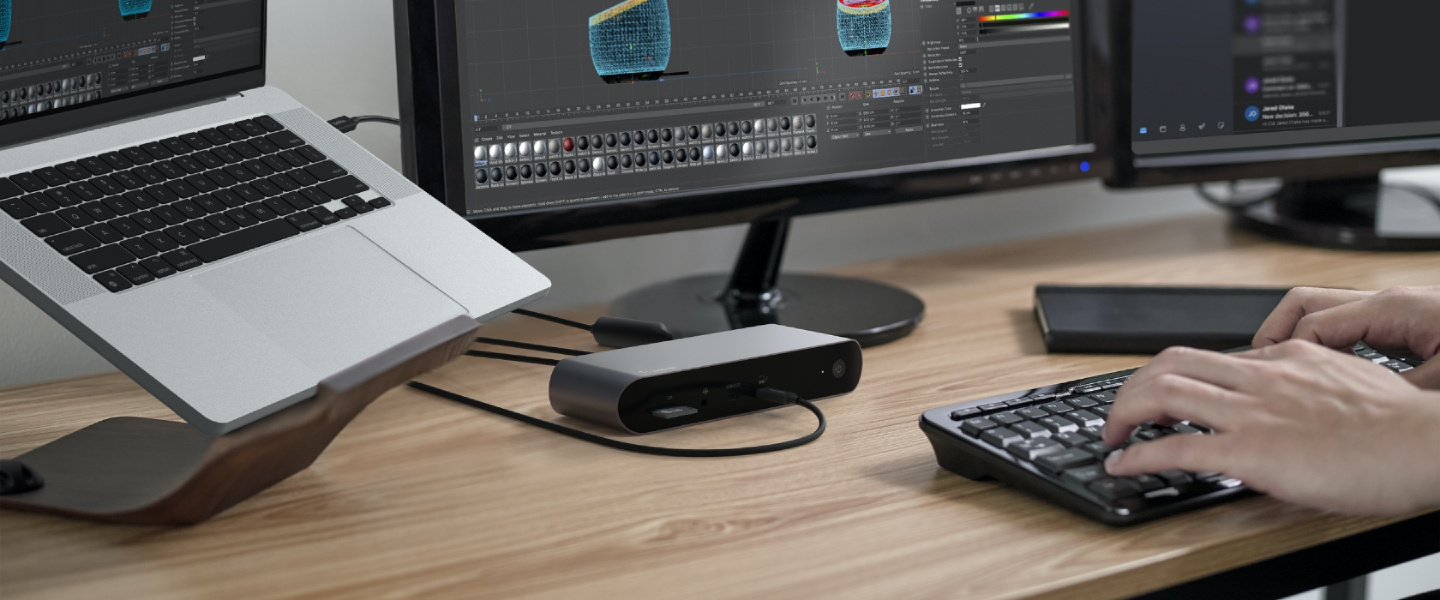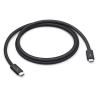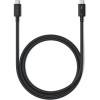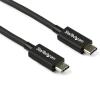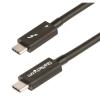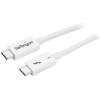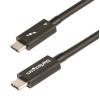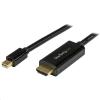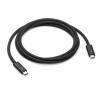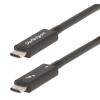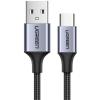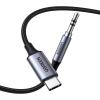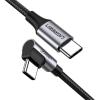In the ever-evolving world of tech, ports and connectors often go unnoticed - until they don’t. Whether you're plugging in a monitor, transferring files, or charging your laptop, the type of port you use can dramatically affect speed, compatibility, and overall performance. Two of the most talked-about standards today are USB-C and Thunderbolt. They look nearly identical, but under the hood, they’re very different beasts.
So what’s the real difference between USB-C and Thunderbolt? And why is it important?
Let’s break it down.
The Basics: What Is USB-C?
USB-C is a physical connector type. It’s part of the USB (Universal Serial Bus) standard and was designed to be reversible, compact, and versatile. Unlike older USB types (like USB-A or USB-B), USB-C can handle power, data, and video - all through a single cable.
But here’s the catch: not all USB-C ports are created equal.
The USB-C connector can support different USB standards:
- USB 2.0: Up to 480 Mbps
- USB 3.2 Gen 1: Up to 5 Gbps
- USB 3.2 Gen 2: Up to 10 Gbps
- USB4: Up to 40 Gbps
The capabilities of a USB-C port depend on the device manufacturer and the version of USB it supports. Some USB-C ports only support charging, while others support high-speed data transfer and video output.
What Is Thunderbolt?
Thunderbolt is a hardware interface developed by Intel in collaboration with Apple. It uses the USB-C connector but adds additional capabilities.
The latest version, Thunderbolt 4, supports:
- Data transfer speeds up to 40 Gbps
- Dual 4K display output or one 8K display
- Charging up to 100W
- PCIe support for external GPUs and high-speed storage
- Daisy-chaining up to six devices
Thunderbolt is backward-compatible with USB-C, but only Thunderbolt-certified devices can take full advantage of its features.
Side-by-Side Comparison
|
Feature |
USB-C |
Thunderbolt |
|
Connector Type |
USB-C |
USB-C |
|
Max Speed |
480 Mbps to 40 Gbps (USB4) |
40 Gbps |
|
Video Output |
Optional (depends on device) |
Dual 4K or one 8K |
|
Power Delivery |
Up to 100W |
Up to 100W |
|
Daisy-Chaining |
Not supported |
Supported (up to 6 devices) |
|
PCIe Support |
No |
Yes |
|
Compatibility |
Widely supported |
Requires Thunderbolt-certified devices |
Why Thunderbolt Is More Than Just Speed
While speed is a major selling point, Thunderbolt’s real power lies in its versatility. It supports PCIe, which means you can connect external GPUs, ultra-fast SSDs, and professional-grade docking stations. For creatives, developers, and power users, this is a game-changer.
Thunderbolt also supports daisy-chaining, allowing multiple devices to connect through a single port. This is ideal for clean desk setups and reducing cable clutter.
So Why Isn’t Thunderbolt Everywhere?
Thunderbolt requires certification and additional hardware, which makes it more expensive to implement. That’s why you’ll often find it on premium laptops like the MacBook Pro, Dell XPS, or HP ZBook series - but not on budget models.
USB-C, on the other hand, is ubiquitous. It’s found on everything from smartphones to tablets to laptops. It’s cheaper to implement and more than sufficient for everyday tasks like charging, file transfers, and connecting peripherals.
USB4: Bridging the Gap
Enter USB4, the latest USB standard that aims to unify USB-C and Thunderbolt. USB4 supports:
- Up to 40 Gbps speeds
- DisplayPort and PCIe tunneling
- Backward compatibility with USB 3.2 and Thunderbolt 3
However, USB4 adoption is still in progress, and not all USB4 ports support all features. Confusing? Yes. But it’s a step toward simplifying the landscape.
How to Tell What You Have
Here’s how to decode your device’s port capabilities:
- Look for the Thunderbolt logo (a lightning bolt with an arrow). If it’s there, it’s Thunderbolt.
- Check your device specs. Manufacturers often list port capabilities in the tech specs.
- Use software tools. On Windows, Device Manager can show controller types. On macOS, System Report under “Thunderbolt” gives detailed info.
Real-World Scenarios
Scenario 1: The Content Creator
You’re editing 4K video and need fast access to external SSDs and multiple monitors. Thunderbolt is your best friend. It supports high-speed storage and dual 4K displays - perfect for a pro workflow.
Scenario 2: The Remote Worker
You need to connect a monitor, keyboard, and mouse, and charge your laptop - all through one cable. A USB-C dock with Power Delivery and DisplayPort support will do the trick. No need for Thunderbolt unless you need more bandwidth or daisy-chaining.
Scenario 3: The Gamer
You want to connect an external GPU to boost your laptop’s performance. Only Thunderbolt supports PCIe, so USB-C won’t cut it.
Final Thoughts: Which Should You Choose?
If you’re a power user, creative professional, or someone who needs maximum performance and flexibility, Thunderbolt is worth the investment.
If you’re a casual user who just needs to charge devices, transfer files, or connect a monitor, USB-C is more than enough.
The key takeaway? Don’t judge a port by its shape. USB-C and Thunderbolt may look the same, but their capabilities can be worlds apart.

